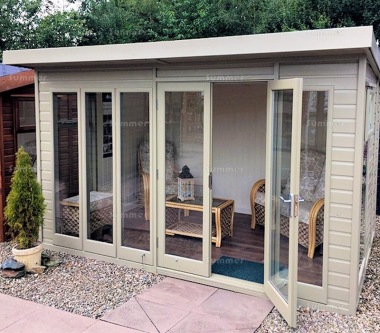All Categories
Featured
Table of Contents
Is Double Glazing Worth It? in Shoalwater Perth
That window can transfer more solar heat in winter than in summertime. A west-facing window on a summertime's afternoon has an angle of incidence from near 0 up to 30 with a large reliable area of solar radiation. A north-facing window, in summer season, has a high angle of incidence and a low reliable area of solar radiation, so can transmit less heat than a west-facing one.

However you can quickly and easily enhance the thermal efficiency of your home by replacing your windows. This is one of the most efficient techniques of restoration to achieve better thermal convenience. There are countless kinds of glass and frames to choose from. Picking the best ones is necessary to enhancing the energy efficiency of your house.
Double Glazed Windows – Their Amazing Benefits For ... in Iluka Western Australia
There are several kinds of glass products to pick from. Single glazing utilizes a single pane of glass. Single glazing with clear glass is not really efficient when it comes to heat loss or gain. To improve performance, you can use single glazing with a more energy-efficient type of glass such as low emissivity (low-e) glass.
The energy efficiency of IGUs also depends on: the properties of each layer of glass. Different glass types (for example, clear and low-e glass) can be put together in an IGU.
Glass Selector - Custom Single & Double Glazed ... in Carramar WA

IGU cavities can be filled with air or a more inert, low-conductivity gas such as argon the width of the cavity. Wider cavities supply lower (better) U values, with 12mm generally accepted as the preferred gap how well the cavity is sealed.
If argon is set up to the cavity in place of air, moisture is reliably excluded the level of desiccant (drying representative). The spacer (metal or polymer strip) that separates the glass layers consists of a desiccant to soak up any moisture. Inadequate desiccant might cause moisture to condense on the glass surface area in cold conditions, decreasing thermal performance.
Enjoy Your Summer More With Double Glazed Windows in Carramar WA
IGUs can deliver better energy efficiency for all climates, particularly in heated and air-conditioned houses. Cross-section information of single, double and triple-glazing units Low emissivity glass (frequently understood as low-e glass) reduces heat transfer. Low-e glass might be either high or low transmission: High transmission low-e glass has a covering that permits daylight from the sun to enter your home to accomplish good solar heat gain, however lowers the quantity of the long wavelength infrared heat that can escape back through the window.
Low-e glass has either a pyrolytic covering or a vacuum-deposited thin film metal finish. Pyrolytic coatings are durable and can be used for any glazing; vacuum-deposited finishes are soft and are just utilized within IGUs. Low-e coverings can significantly enhance both U value and SHGC; nevertheless, they should be used properly or they will either deteriorate or fail to carry out as needed.
The Surprising Benefits Of Double Glazing In The Summer ... in Brigadoon WA
Low-e coatings can be used in combination with clear, toned or reflective glass. Low-e finishings on glazing can minimize heat transfer where required Photo: Department of Market, Science, Energy and Resources Toned glass has actually colouring additives included during manufacture. It is readily available in different colours, normally bronze, grey, blue and green.
Table of Contents
Latest Posts
8 Benefits Of Double Glazing To Take Advantage Of in Orelia Perth
Which Type Of Double Glazed Window Frame Is Right For You? in Ocean Reef Western Australia
Twinglaze® Double Glaze Specification Act - Vic in Inglewood WA
More
Latest Posts
8 Benefits Of Double Glazing To Take Advantage Of in Orelia Perth
Which Type Of Double Glazed Window Frame Is Right For You? in Ocean Reef Western Australia
Twinglaze® Double Glaze Specification Act - Vic in Inglewood WA